In the modern automotive industry, the suspension system not only determines a vehicle's handling and comfort but also directly impacts driving safety and overall performance. Automotive Suspension Europe's development a...
READ MORE-
-
In the modern automotive industry, driving comfort and stability are increasingly important for passenger cars, and the performance of the rear suspension system directly impacts the vehicle's overall performance. As an ...
READ MORE -
In modern automotive engineering and high-end vehicle customization, high-performance shock absorbers have become a crucial component influencing vehicle handling, comfort, safety, and sporty performance. As the automoti...
READ MORE
What are the differences between the front and rear designs of off-road shock absorbers? What are the differences in their functions and structures?
There are indeed some differences in the design of off-road shock absorbers in the front and rear, which are mainly reflected in the following aspects:
1. Functional differences
Front shock absorbers: The front shock absorbers are usually responsible for bearing the steering load of the vehicle and the dynamic impact of the front suspension. In off-road driving, the functions of the front shock absorbers also include controlling the stability of the vehicle when turning and improving handling.
Rear shock absorbers: The rear shock absorbers are mainly used to control the stability of the rear suspension of the vehicle and absorb the impact from the ground. When driving off-road, the rear shock absorbers are more responsible for maintaining the balance of the vehicle and improving traction.
2. Structural differences
Front shock absorbers: The design of front shock absorbers usually needs to pay more attention to directional stability, handling and shock absorption. Since the front suspension bears a larger force, the structure of the front shock absorbers may adopt a harder damping setting to cope with the forward impact and steering load of the vehicle.
Rear shock absorbers: The design of the rear shock absorbers focuses more on the load of the spring and the longitudinal stability of the vehicle. To cope with large longitudinal impacts (such as when passing steep slopes or crossing obstacles), the rear shock absorbers usually need to have a higher load-bearing capacity and may use a softer damping setting to maintain the comfort of the vehicle.
3. Damping adjustment
Front shock absorbers: The front shock absorbers usually need more "rebound damping" to ensure that they can quickly recover and maintain the vehicle's handling when turning. Too soft damping will cause the front to be loose and affect steering precision.
Rear shock absorbers: The rear shock absorbers need more "compression damping" to help the vehicle better absorb the forces generated when going downhill or in severe impacts. The adjustment of the rear shock absorbers often focuses more on stability and comfort, especially when carrying or towing.
4. Stroke length
Front shock absorbers: The stroke of the front shock absorbers is usually shorter because the compression stroke of the front suspension of the vehicle is limited, and it is mainly responsible for controlling the vertical movement and steering stability of the front axle.
Rear shock absorbers: Rear shock absorbers tend to have longer travel, especially when carrying heavy loads or crossing large obstacles, the rear suspension needs a larger vertical range of motion to absorb the impact.
5. Installation location and connection method
Front shock absorbers: Front shock absorbers are generally directly connected to the steering system and front suspension system. Because they need to withstand greater steering forces, their fixing method may be more secure and there will be additional support structures to maintain stability.
Rear shock absorbers: Rear shock absorbers are more connected to the rear suspension system and the frame. They often use longer rods and more complex connection structures, especially in high-load and high-impact environments.
 EN
EN  English
English Español
Español


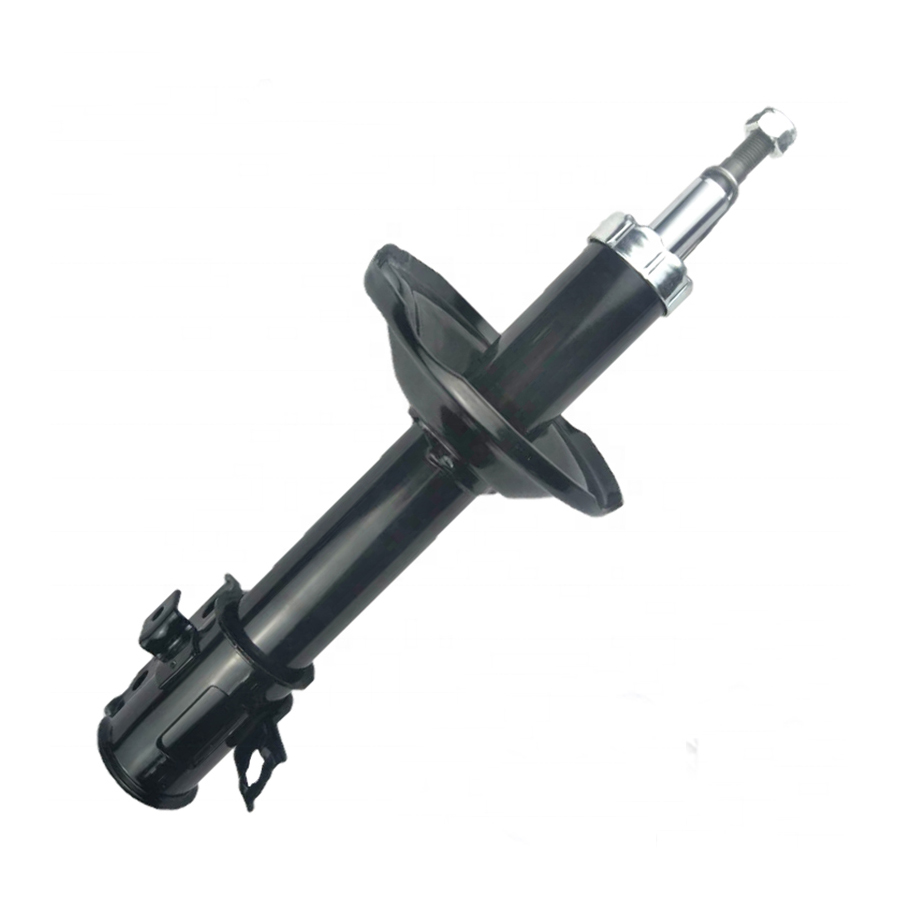
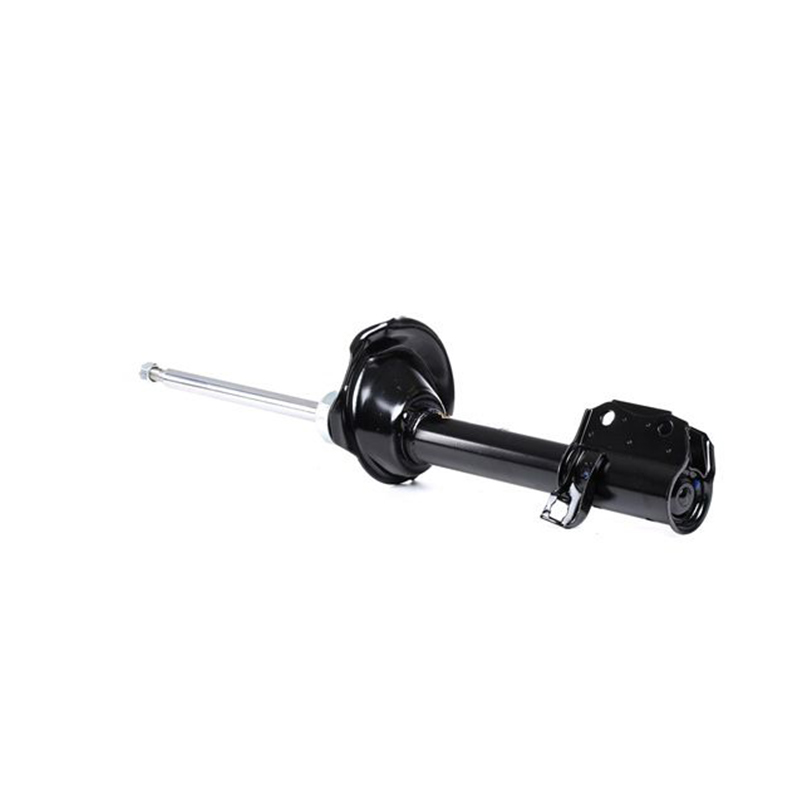
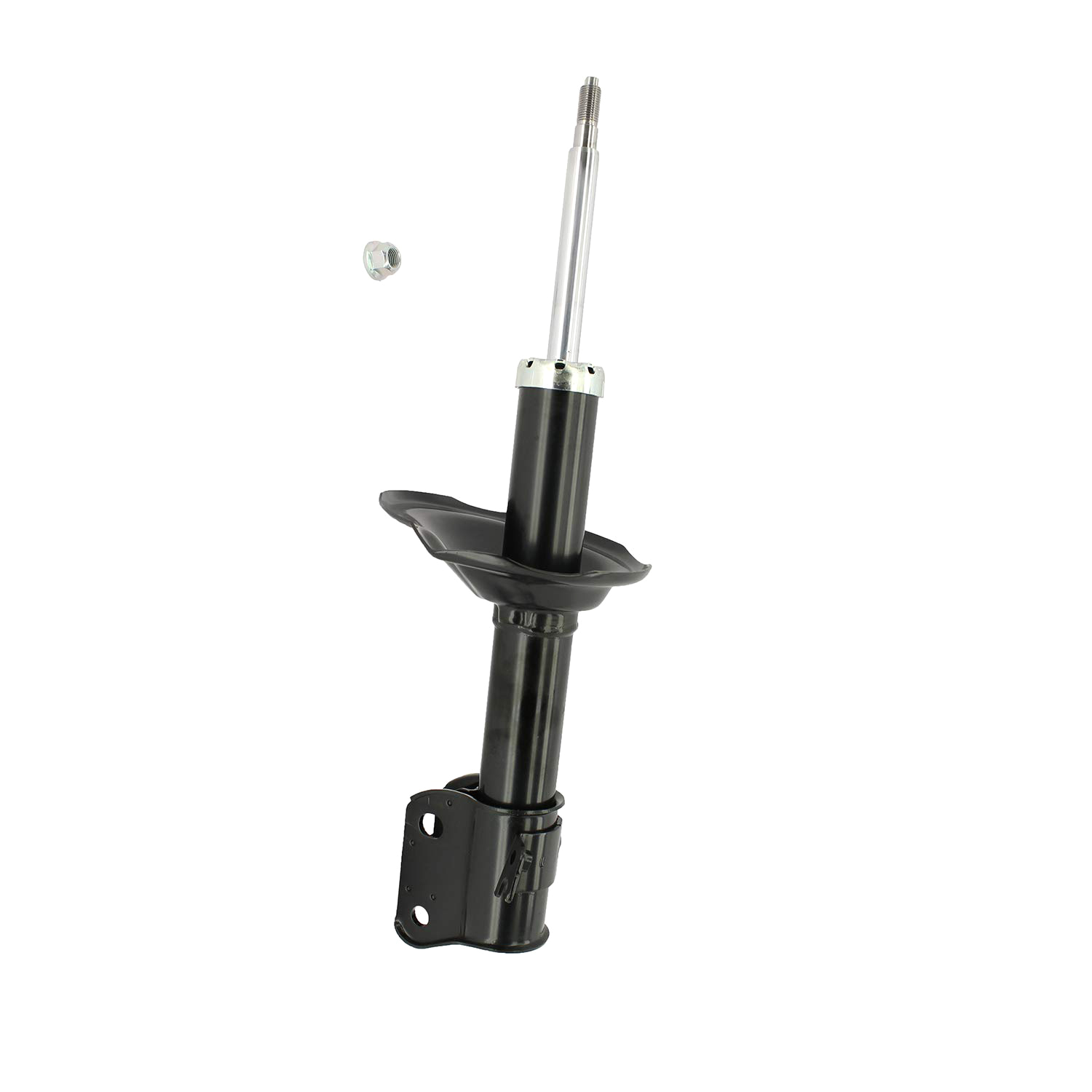
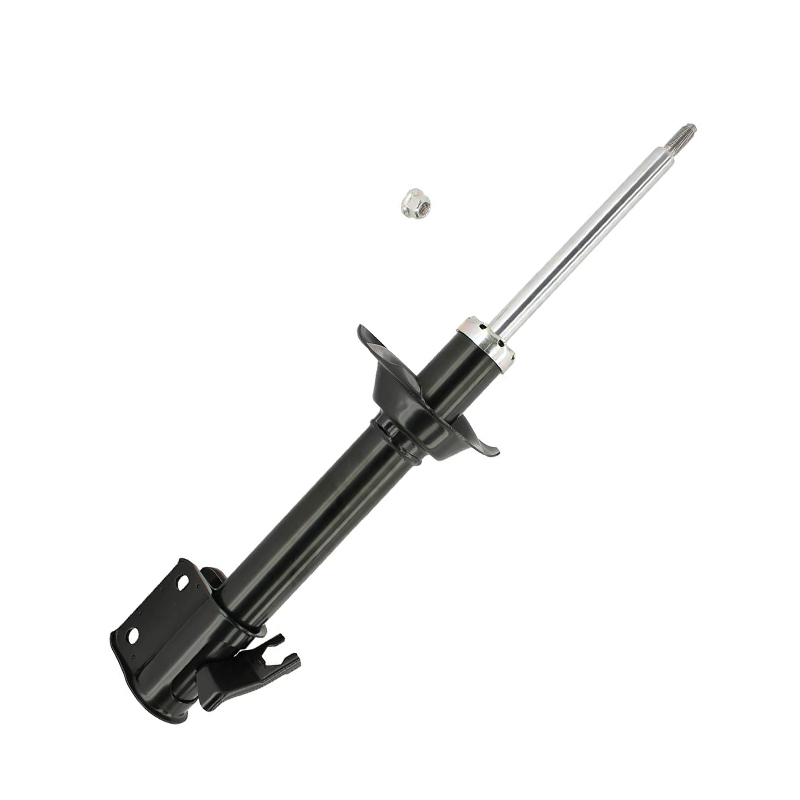
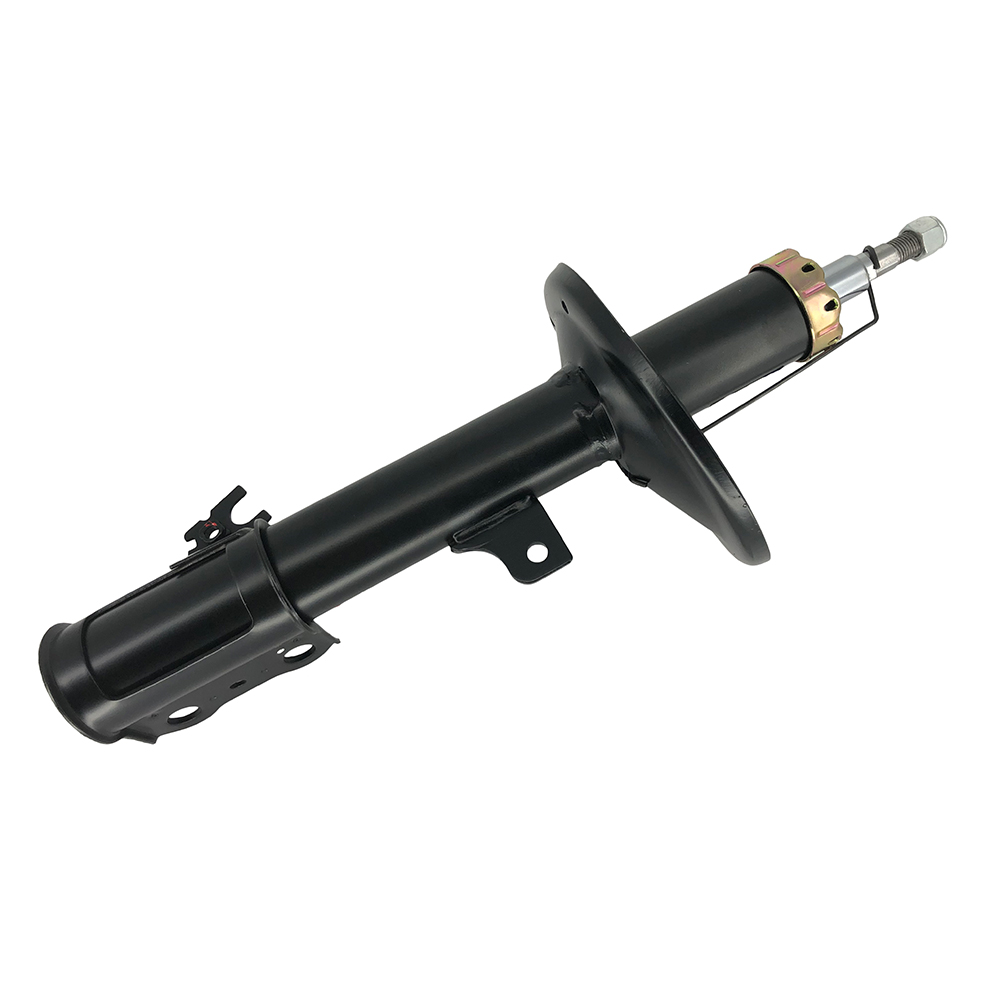

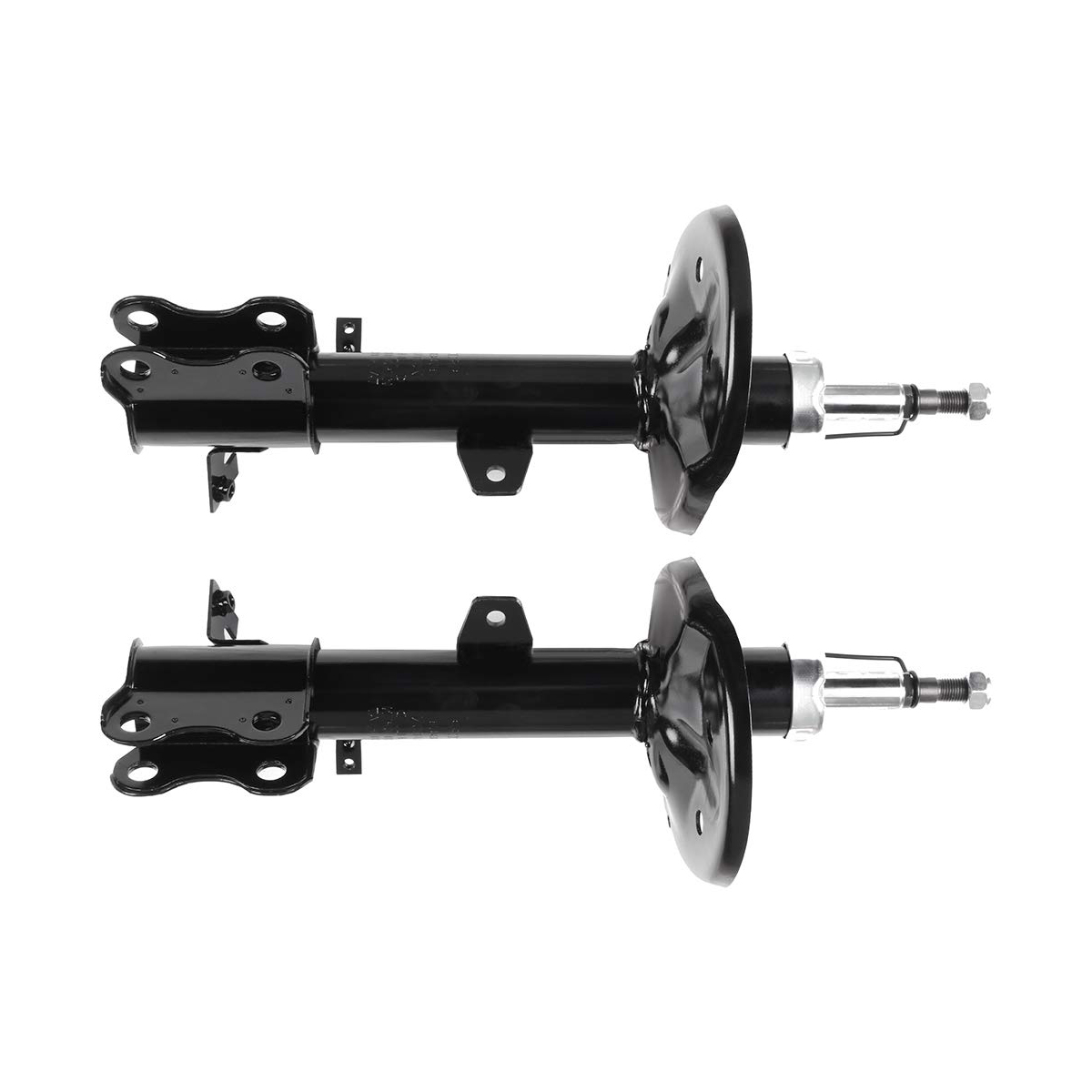
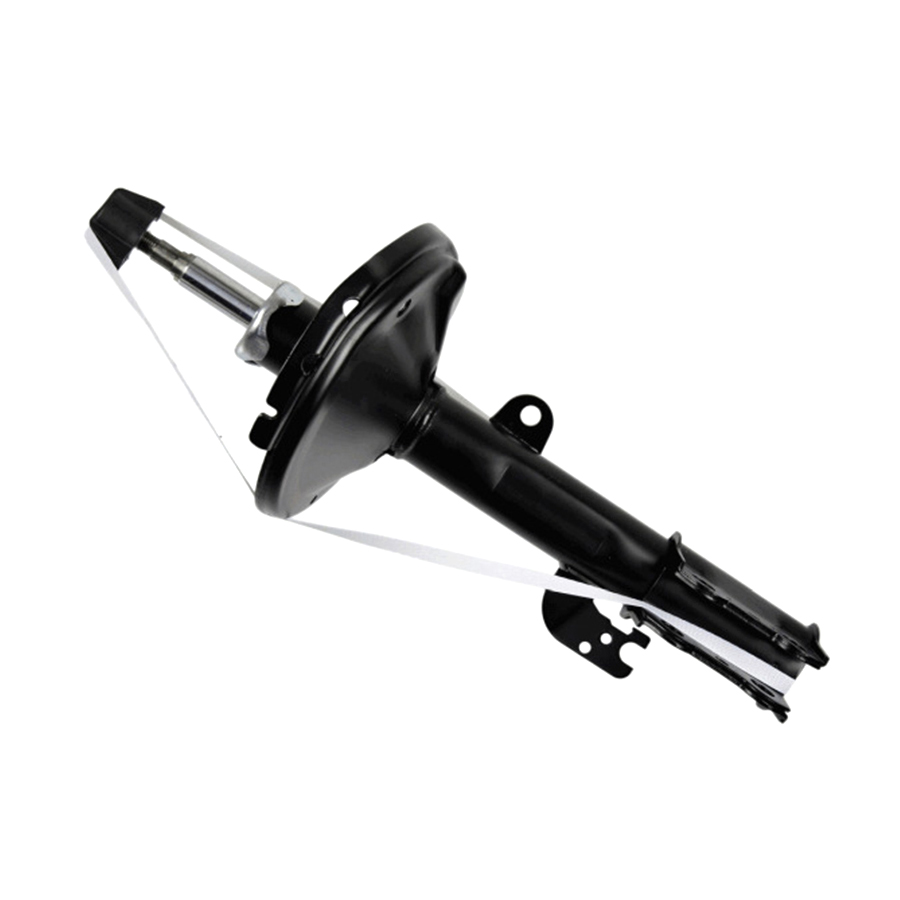
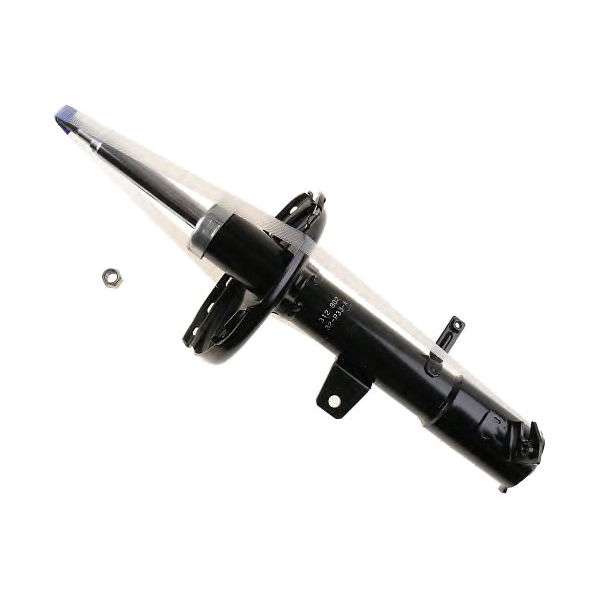
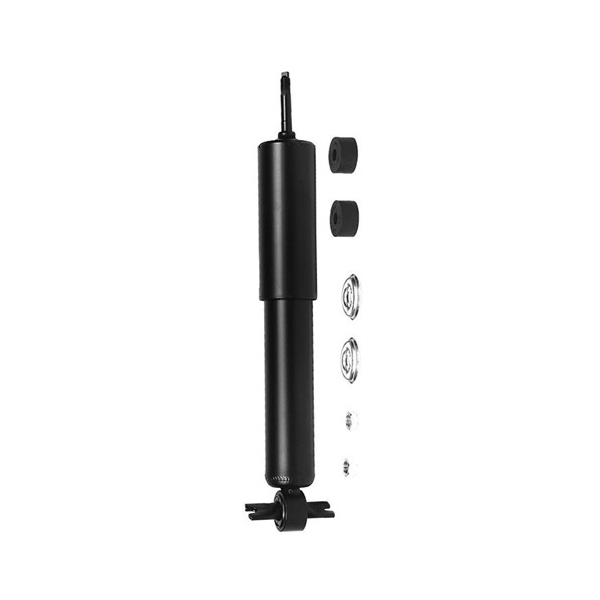


 +86-13757453333
+86-13757453333  +86-572-8355557
+86-572-8355557  Caroline@gerep.cn
Caroline@gerep.cn  No. 36, South Zhenxing Rd., Zhongguan Town, Deqing County, Huzhou, Zhejiang, China
No. 36, South Zhenxing Rd., Zhongguan Town, Deqing County, Huzhou, Zhejiang, China 